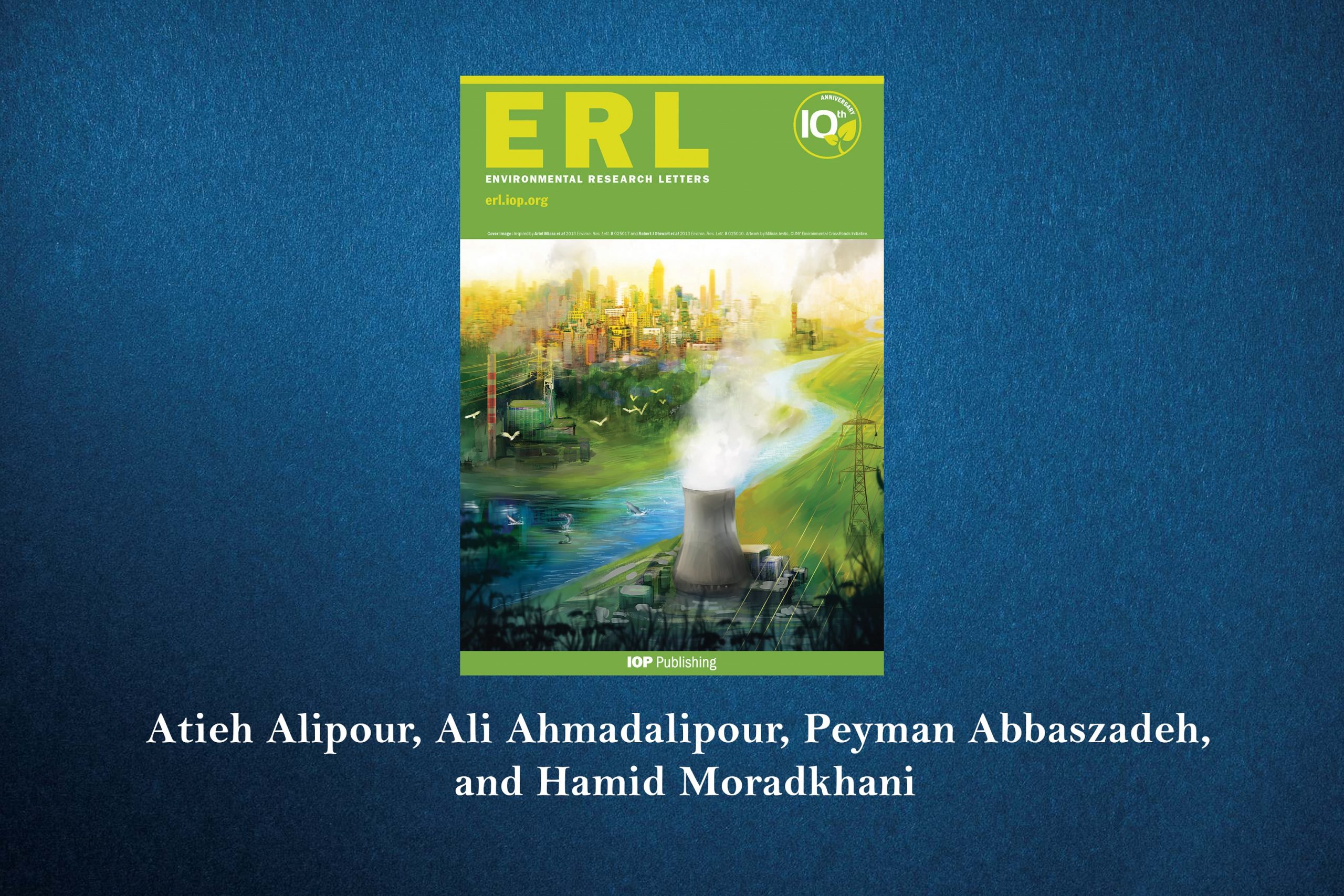Flash flood is a recurrent natural hazard with substantial impacts in the Southeast US (SEUS) due to the frequent torrential rainfalls that occur in the region, which are triggered by tropical storms, thunderstorms, and hurricanes. Flash floods are costly natural hazards, primarily due to their rapid onset. Therefore, predicting property damage of flash floods is imperative for proactive disaster management. Here, we present a systematic framework that considers a variety of features explaining different components of risk (i.e. hazard, vulnerability, and exposure), and examine multiple machine learning methods to predict flash flood damage. A large database of flash flood events consisting of more than 14 000 events are assessed for training and testing the methodology, while a multitude of data sources are utilized to acquire reliable information related to each event. A variable selection approach was employed to alleviate the complexity of the dataset and facilitate the model development process. The random forest (RF) method was then used to map the identified input covariates to a target variable (i.e. property damage). The RF model was implemented in two modes: first, as a binary classifier to estimate if a region of interest was damaged in any particular flood event, and then as a regression model to predict the amount of property damage associated with each event. The results indicate that the proposed approach is successful not only for classifying damaging events (with an accuracy of 81%), but also for predicting flash flood damage with a good agreement with the observed property damage. This study is among the few efforts for predicting flash flood damage across a large domain using mesoscale input variables, and the findings demonstrate the effectiveness of the proposed methodology… Read more









